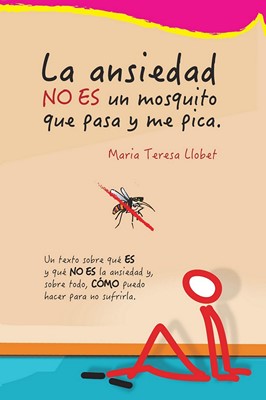

Inflammation of the anorectal area can also increase the risk of an anal fissure developing. Crohn’s Disease or Inflammatory Bowel Diseases This is most likely due to the straining required during childbirth that can put greater pressure on the anus and may result in an anal tear. ChildbirthĪnal fissures are also more common in women following childbirth, which is estimated to account for approximately 10% of cases.
Porque me pica el ano skin#
In addition, this muscle hypertrophy leads to reduced blood supply to the skin around the anus, leading to slow healing of occasional tears and resulting in an anal fissure. Some individuals have a spastic anal sphincter which makes it very difficult to pass normal stools without pain and tears of the anal mucosa and skin. High muscle tension in the anal sphincter An anal fissure can also sometimes occur if an individual has severe or chronic diarrhea, due to the inflamed mucosa and perianal skin. Individuals who are constipated and need to strain to pass stools are most likely to be affected, as the impacted stool increases the risk of tearing the anal margin. In particular, large or hard stools are more difficult to pass and place greater stress on the anus during bowel movements. The most common cause of an anal fissure is abnormal stools or bowel movements. Some of the usual causes are discussed below.

Both males and females are affected equally, and individuals of any age may develop an anal fissure. It is a relatively common condition that is estimated to affect 1 in 10 individuals at some point throughout their lifetime. As a result, an anal fissure can develop or persist, and cause significant pain. The reasons may vary from the extremely high muscle tone of the anal sphincter that increases the tightness of the anus, to reduced blood flow in the anal area. However, some individuals are more susceptible to recurrent breakdown of the anal skin, or to the development of a non-healing fissure. In most cases, the skin damage around the anus will heal without significant complications.


 0 kommentar(er)
0 kommentar(er)
